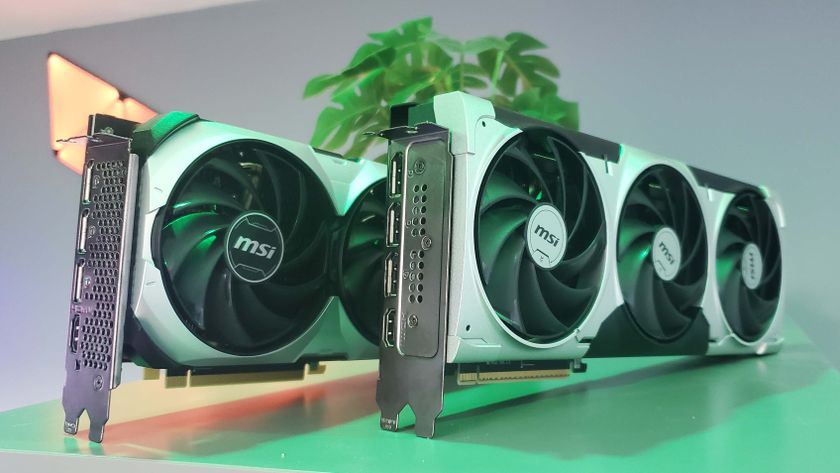Shogo: Mobile Armor Division is a fascinating artifact from the anime boom times
Before Shadow of Mordor, before FEAR, Monolith made a mecha game.
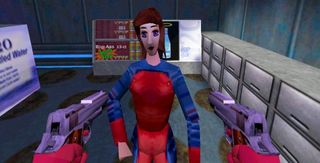
Reinstall invites you to join us in revisiting PC gaming days gone by. Today, Richard looks back at Shogo: Mobile Armor Division.
Nothing cool lasts forever. When Shogo first landed in 1998, it was in a world where anime was finally making a splash in the West. The likes of Ghost in the Shell and Neon Genesis Evangelion were becoming geek household names, making it not just acceptable but (almost) cool to watch cartoons full of blood and nudity, with episode names like "GIVE UP! But Just Before We Do, The Sure Kill Sword Appears!"
In retrospect, Shogo is a slightly toe-curling snapshot of that early excitement. Like so much of the anime world, it seemed exotic and authentic at the time, when we hadn't seen much of it. Through more experienced eyes now, Shogo's take on Japanese mecha feels heavy-handed, clichéd, and obvious; like a tourist visiting Germany and immediately investing in a pair of lederhosen and a beer stein to fit in with the locals.
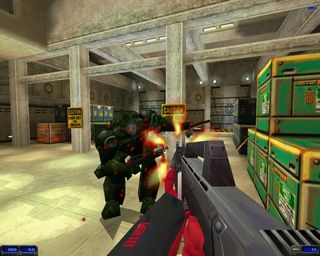
Japanese names? Check. Japanese intro song? Check, and one that's ironically very inappropriately appropriate, in the spirit of the time. Authentic Japanese feel? Not even close, from the bad English-dubbed dialog to the way main character Sanjuro's base houses a ridiculous collection of shout-outs thrown in to prove the designers' love of the genre. There's a sexy girl poster on his wall with a "CURV" logo ripped straight from Evangelion. His (unseen) fellow officers include Patlabor's Noa Izumi and Macross's Isamu Dyson. Like so much else, this was cool at the time. Now? Kinda cheap.
Cheap also describes the general feel of. Shogo was the first outing of Monolith's Lithtech engine, which would go on to power the amazing No One Lives Forever, as well as Blood 2. Most of the design problems are unsurprising for 1998, including big, largely featureless levels, low-polygon models that make everyone look like they've been stamped in the face with a shovel, and no real way for the characters to express themselves beyond facing each other and waving their arms while audio files play. On release, Shogo's focus on storytelling and character dialog was still pretty refreshing though, spoiled only by Half-Life and (to a lesser extent) SiN rewriting the rule book.
Its central gimmick remains cool though, and ripe for ripping off. Throughout, you regularly swap between traditional FPS action on foot, and running around in a giant mecha to really cut loose and blow stuff up. Say what you will about the big, hulking battle-tanks of games like MechWarrior and Starsiege, there's something great about the Japanese "physical extension of the pilot" variety, which offer the perfect mix of speed, power, and sleek design. Shogo is no exception, giving you all the firepower and explosions its early particle system can handle. Rockets? Boom. Giant robots? Boom. Parked cars? Boom.
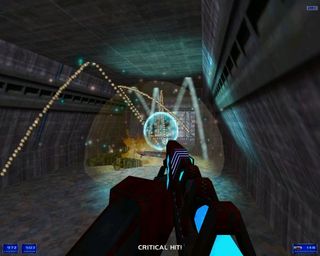
Oddly, though, even in the mecha stages where you're high above the streets shooting at enemies who exist solely to be crushed underfoot, the experience feels more like running around a model town than actually being a giant. This is partially because there isn't a lot of stuff in the environment to provide a sense of scale, but the problem is mostly the speed of the action. Whether on foot or in your robot, you blitz around at roughly half the speed of light, and the feel of the combat is oddly unchanged.
Both you and most of the mechs you face are spectacularly fragile, to the point that being on-foot is far from the killer disadvantage you'd expect, and you rarely get to savor the feeling of actually being a giant death machine. Most of this is more apparent in retrospect than it was at the time, and none of it stopped Shogo from developing a cult following who would still love to see a sequel. No argument there.
The biggest gaming news, reviews and hardware deals
Keep up to date with the most important stories and the best deals, as picked by the PC Gamer team.
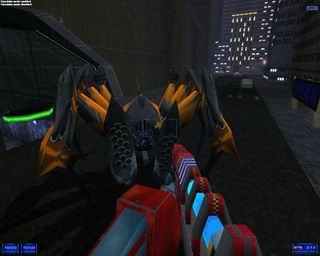
It's amazing how few mech games we've seen in the last few years now that technology is finally powerful enough to render awesomely destructible cities instead of a few boxes and empty planes. The industry decided that nobody cared any more, even when one look at a Wanzer, an Aestivalis, or any other cool giant robot should be enough to explain why a whole generation would kill to go stomp around Tokyo.
For its part, Monolith was going to continue the Shogo story with expansions, but delays and mediocre sales resulted in it bouncing around several genres in search of a hit before finally striking it big with F.E.A.R. and Condemned. Even so, references in later games still show a fondness for Shogo, so there must be someone in the company who'd love to have a second crack at it. As long as it doesn't get in the way of No One Lives Forever 3, who could complain about more stompy robots?
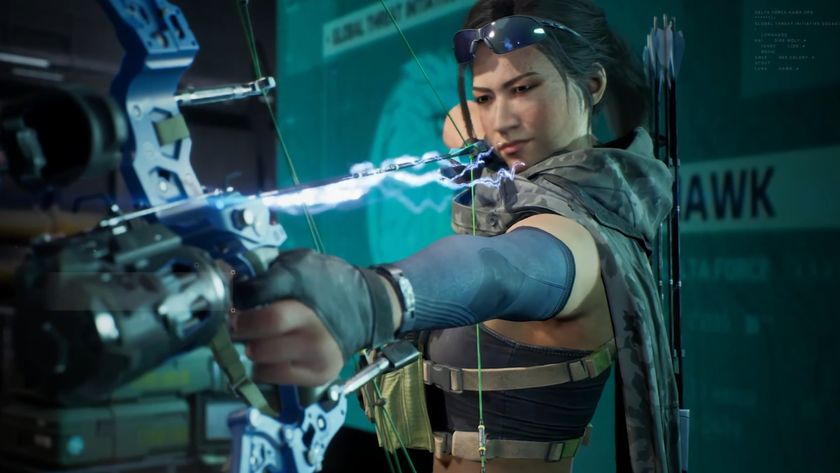
Delta Force's Chinese developer says it doesn't 'have an opinion' on the American military and just wants to create 'fun and meaningful gameplay' with its campaign based on the very real Battle of Mogadishu
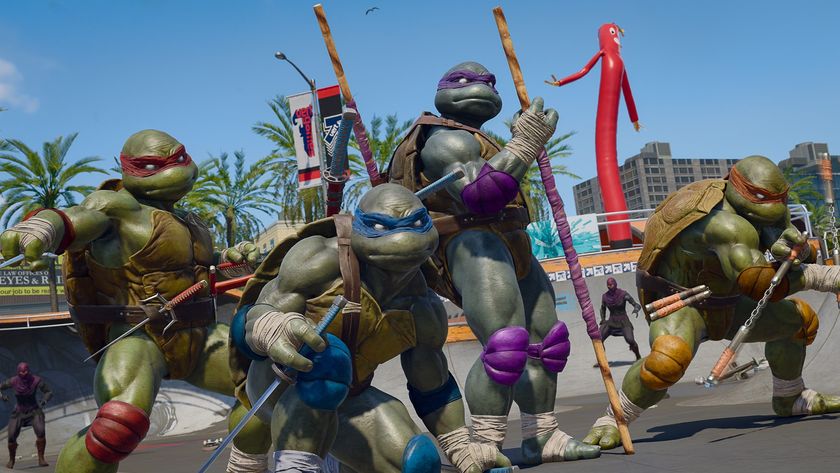
Call of Duty's Teenage Mutant Ninja Turtles crossover costs like $90 and even the die-hards are in shellshock: 'Cash cow-abunga!'
Most Popular




